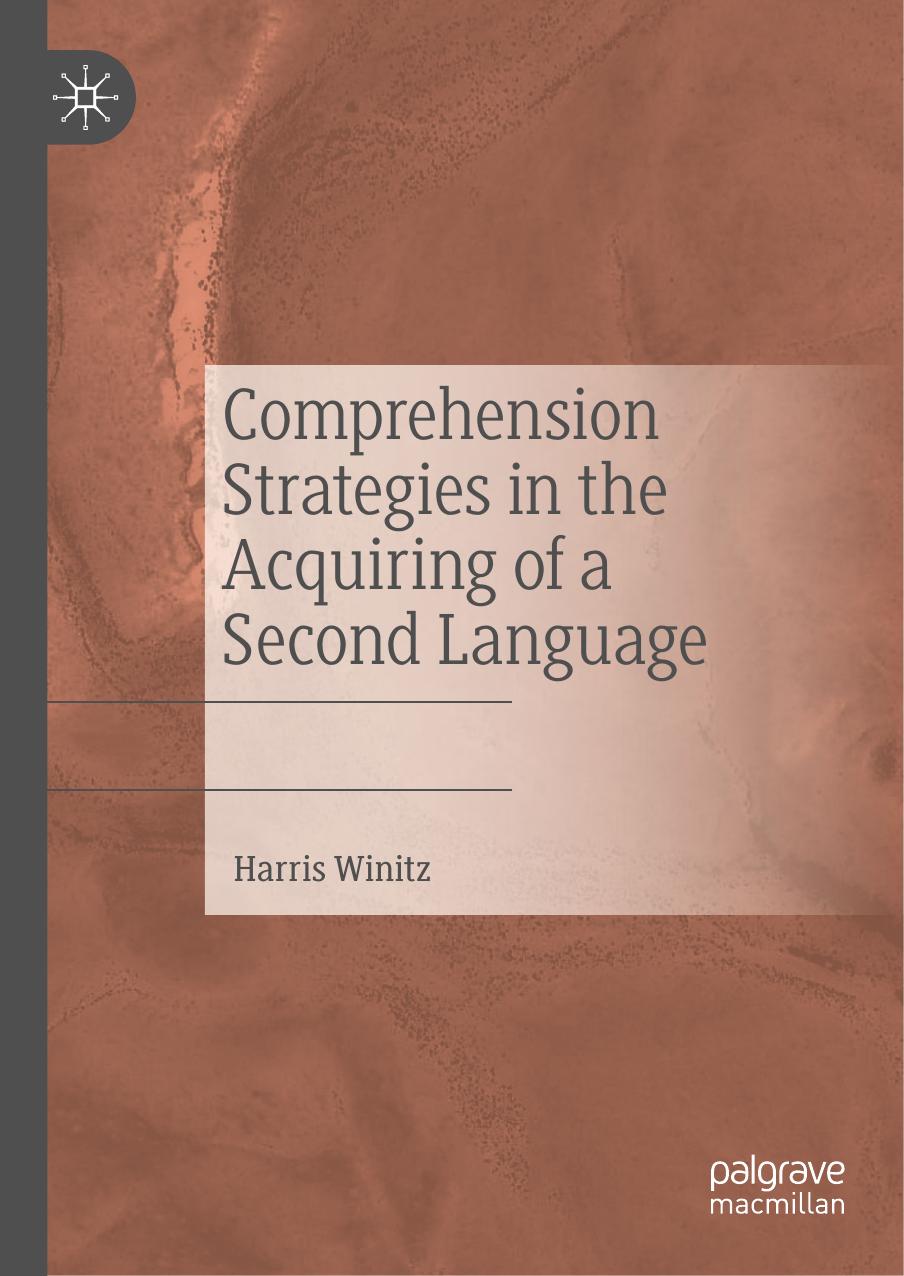Comprehension Strategies in the Acquiring of a Second Language by Harris Winitz

Author:Harris Winitz
Language: eng
Format: epub, pdf
ISBN: 9783030529987
Publisher: Springer International Publishing
Challenging the Premise That Comprehension Precedes Production in Child Language Development
As reported above, skepticism regarding the primordial importance of comprehension in language development was presented by Gathercole (1988). She took the position that it is not always the case that comprehension precedes production in childrenâs language development. Her position was largely influenced by an investigation by Chapman and Miller (1975), in which the correct order of the encoding of sentence subject and sentence object in three-word sentences in comprehension and production was investigated.
In the Chapman and Miller (1975) investigation, three groups of children of about two and a half years of age were studied. They differed with regard to sentence length measured in units of morphemes. The means for sentence length were as follows: Group I, 1.78; Group II, 2.38; and Group III, 2.94, reflecting the variability of childrenâs development in the use of language at about the same age of two and a half years. There were four sentence types and four reversals each of the four sentence types. Also the nouns for the subject and object positions respectively were animate or inanimate as follows: (1) animate subject and animate object (e.g. The boy is hitting the girl) and reversal (e.g. The girl is hitting the boy); (2) animate subject and inanimate object (e.g. The dog is chasing the car) and reversal (e.g. The car is chasing the dog); (3) inanimate subject and animate object (e.g. The boat is hitting the girl) and reversal (e.g. The girl is hitting the boat); and (4) inanimate subject and inanimate object (e.g. The truck is pulling the boat) and reversal (e.g. The boat is pulling the truck). Toy objects for the above nouns were used in the investigation.
To assure that each child understood the names of the objects and the names of the actions of the verbs a series of comprehension and production pretesting tasks was undertaken. For comprehension the child was asked to point to each toy as it was named and for production the child was asked to name each toy as the experimenter pointed to it. The action of each verb was labeled and demonstrated and then each child was asked to demonstrate and produce each of the six verbs following their production and demonstration by the experimenter. The experimenters report that all children were successful in carrying out these tasks, although the number of trials necessary for each child to understand and produce these preliminary activities was not specified.
In the experiment proper the comprehension task was carried out by placing the six toys in front of a child with the experimenter saying one of the experimental sentences, following the prompt sentence: Do as I say. The production task was carried out by having the experimenter perform an action with two of the six toys. Then the experimenter said sentences, such as âWhatâs happening?,â âWhatâs going on?,â and âWhat am I doing?â Scoring for the production task included the following sentence productions by the child as correct: subject-verb-object, subject-verb, verb-object, and subject-object.
Download
Comprehension Strategies in the Acquiring of a Second Language by Harris Winitz.pdf
This site does not store any files on its server. We only index and link to content provided by other sites. Please contact the content providers to delete copyright contents if any and email us, we'll remove relevant links or contents immediately.
The Art of Coaching Workbook by Elena Aguilar(48035)
Trainspotting by Irvine Welsh(20044)
Twilight of the Idols With the Antichrist and Ecce Homo by Friedrich Nietzsche(17703)
Fangirl by Rainbow Rowell(7825)
Periodization Training for Sports by Tudor Bompa(7323)
Change Your Questions, Change Your Life by Marilee Adams(6637)
This Is How You Lose Her by Junot Diaz(5753)
Grit by Angela Duckworth(4728)
Red Sparrow by Jason Matthews(4654)
Asking the Right Questions: A Guide to Critical Thinking by M. Neil Browne & Stuart M. Keeley(4566)
Paper Towns by Green John(4163)
Room 212 by Kate Stewart(4099)
Ken Follett - World without end by Ken Follett(3968)
The Sports Rules Book by Human Kinetics(3581)
Housekeeping by Marilynne Robinson(3396)
The Motorcycle Diaries by Ernesto Che Guevara(3325)
Introduction to Kinesiology by Shirl J. Hoffman(3297)
Exercise Technique Manual for Resistance Training by National Strength & Conditioning Association(3286)
Double Down (Diary of a Wimpy Kid Book 11) by Jeff Kinney(3267)
